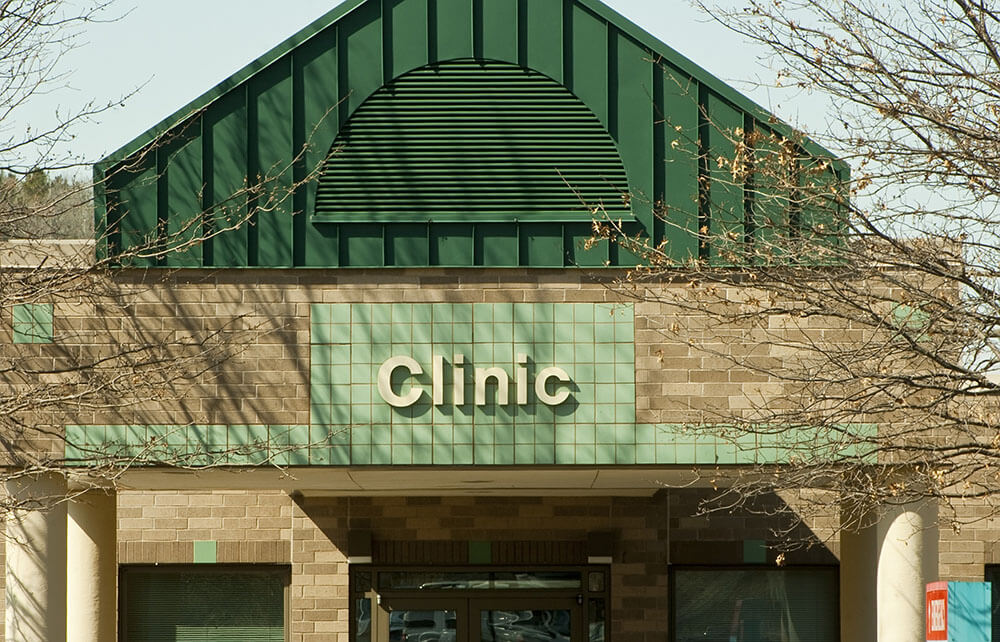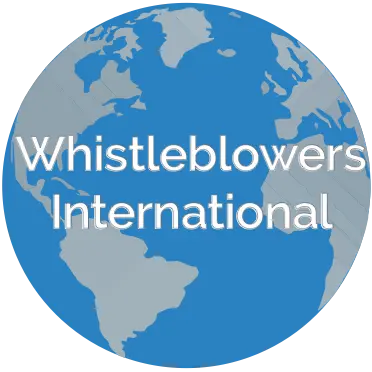What is a Location of Procedure?

Under Medicare rules a physician is required to identify the place of service correctly on the claims forms. A doctor must do this so the federal program can pay the accurate fee for the services provided. The reason why the authorities requires this procedure is because different locations may require higher costs to operate. For example, a newer facility may have more overhead costs than an older one, similarly to how a smaller office may require less money to operate than a large one. The final goal is thus to optimally balance receiving the best value for the treatment provided to a given patient, with the expenses that a healthcare provider must face to operate a business. The government wants to make sure that Medicare patients receive the best treatment possible, but not at the cost of undermining medical practices. By including the practice expense in the reimbursement, it is thus ensured that medical services can continue to smoothly run their activities without incurring in potential financial losses.
Facility vs. Nonfacility Places of Services
A facility place of service is a hospital, a skilled nursing facility, as well as any another type of institution such as a community mental health center or an ambulatory surgical center. A nonfacility is a physician’s office, a patient’s home, an independent clinic, or any other freestanding setting that do not meet the definition of “facility”. This designation helps identify where services are provided in order to properly calculate reimbursement. The Department of Human Services found that payments for the same service tend to be higher when they are billed as a nonfacility service instead of a facility service.
How does this fraud works?
Among the various healthcare scams, Location of Procedure fraud happens when a healthcare provider or company provide false information on the claim form they submit to Medicare contractors. In this particular situation, physicians do not correctly identify the place-of-service code when asking for reimbursement for the overhead portion of the procedure. Usually the services are incorrectly coded as they were performed in nonfacility locations in order to forcefully inflate the price and obtain an illegal overpayment.
For example, a Medicare contractor paid a doctor $2,000 for performing a physical therapy session coded as though it had been performed at the doctor’s office. However, the doctor had actually performed this procedure inside a large hospital that the federal contractor had already reimbursed for the running cost of the facility. If the healthcare provider had coded the claim correctly, he would have received a payment of $600, which does not include overhead costs. The resulting overpayment then amounts to $1,400.
The harm caused by the fraud

Incorrect place-of-service billing does not directly harm a patient, although physicians that are purposefully involved with these unlawful schemes are often partaking in other forms of fraud that may cause direct damage. It does, however, financially harm the government since the misreporting of the location of the procedure may cause the federal authorities to overpay on a Medicare Claim. This contributes to an inflation to the cost of the whole Program. This form of fraud has been estimated to cost the U.S. Government $33.4 million over a 33 month period.
Detecting and Reporting Location of Procedure Fraud
The authorities requires that physicians must be familiar with correct billing procedures and accurately record the location of the procedure when they file a Medicare claim. This means that any misreporting of the place of service rendered is fraudulent regardless of the health care provider’s intent.
The scam can be the result of malicious intent, input errors when putting in codes, or a failure to understand proper billing procedures. Regardless of the reasons, when the federal program is overbilled the taxpayer is ultimately responsible for paying for it. Because this eventually results in increased government spending, it is necessary that malicious and non-malicious improper reports are detected.
Warning flags that may help you detect an ongoing fraud
- A drastic difference in the cost of similar services provided in the same location.
- Similar costs between a home-visit and an in-office visit.
- Substantial differences in billing code numbers rendered in the same location.
- Other suspicious billing practices.
- Meeting with a healthcare provider like a psychiatrist at their home which they claim is their office, instead of a more formal place.
